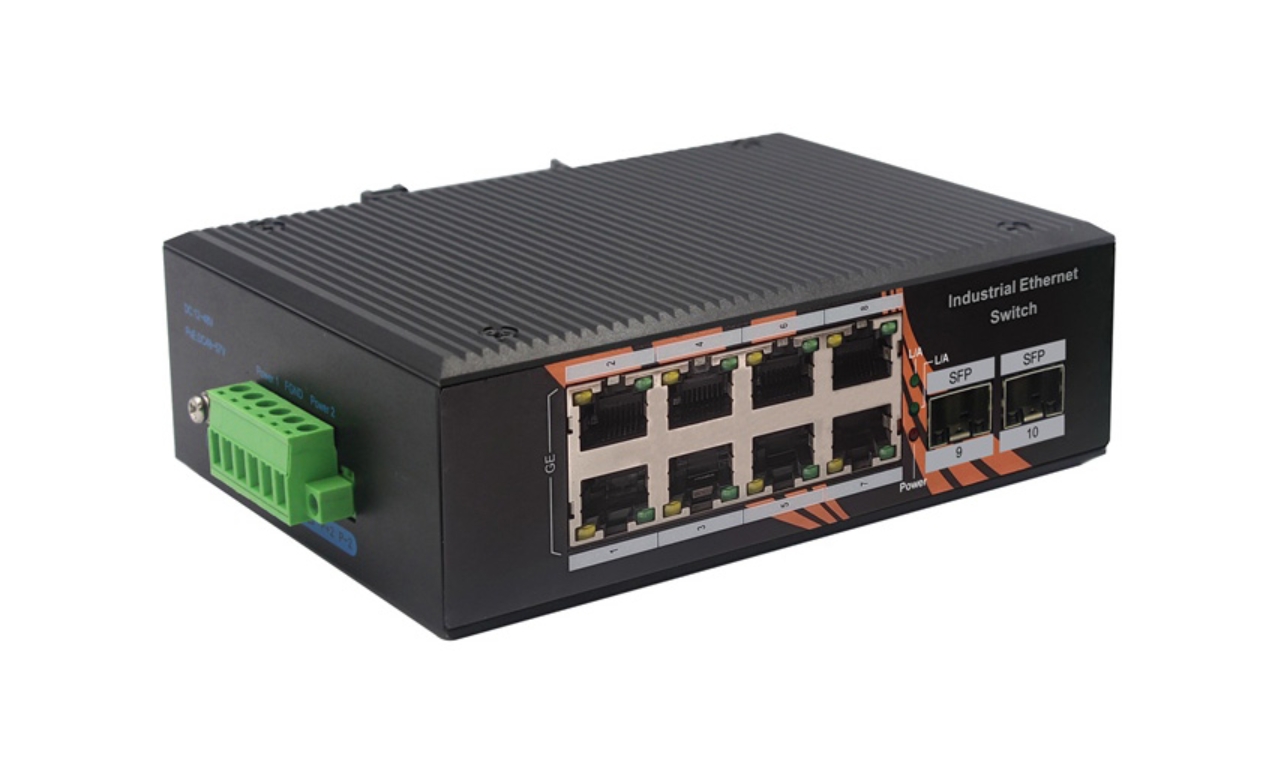To maintain the stability of the POE switch, you can start from the following aspects:
Purchase and choose reasonable switch models and brands with good reliability:
Choose reliable brands and quality: For example, give priority to POE switches with well-known brands and good reputations. These products are usually more guaranteed in terms of quality control and performance stability. Avoid choosing products with too low prices and unknown sources to avoid quality problems that affect the stability of the entire network.
select according to needs: Choose a suitable POE switch based on the actual network scale, bandwidth requirements, number of devices and other factors. For example, if there are a large number of devices with high bandwidth requirements such as high-definition cameras in the network, a POE switch with gigabit or higher bandwidth should be selected; if the number of devices is large, ensure that the number of ports and power supply of the switch can meet the needs.
Installation environment management:
Working environment temperature: The POE switch should be installed in an environment with good ventilation and suitable temperature. Avoid placing it in direct sunlight, near heat sources or in poorly ventilated places. Generally speaking, the operating environment temperature of ordinary POE equipment should be kept between 0℃-40℃. Industrial switches (wide temperature products) can operate in a larger temperature range, but generally between -40℃~+85℃. Exceeding the allowable ambient temperature range, too high or too low temperatures may cause the switch to perform poorly, freeze or even damage the hardware; too low temperatures may affect the normal operation of electronic components.

Working environment humidity: Keep the relative humidity of the environment within a suitable range, usually 40%-60%. Too high humidity may cause the internal circuit of the device to become damp, causing short circuits and other faults; too low humidity may easily generate static electricity, causing damage to electronic equipment.
Dust prevention: Try to avoid installing the POE switch in dusty places. If it cannot be avoided, take dust prevention measures, such as installing it in a closed cabinet, and regularly clean the dust in the cabinet to prevent dust accumulation from affecting the heat dissipation and normal operation of the equipment.
Wiring and connection specifications:
Use a network that meets the quality standards: Use a high-quality, standard-compliant network cable. It is recommended to use a Cat5e or higher-level network cable to ensure the stability and reliability of data transmission. For long-distance transmission or scenarios with high bandwidth requirements, Cat6 or Cat6a network cables are better choices. At the same time, pay attention to the length of the network cable. Generally, the effective distance of POE power supply is within 100 meters. If it exceeds this distance, insufficient power supply or unstable data transmission may occur.
Firm connection: Make sure that the network cable is firmly connected to the port of the POE switch to avoid looseness or poor contact. When connecting the device, fully insert the network cable plug into the port and tighten the fixing screws. For ports that are frequently plugged in and out, check the connection regularly and replace damaged network cables or plugs in time.
Avoid electromagnetic interference: POE switches should be kept away from devices that are prone to electromagnetic interference, such as transformers, motors, etc., such as strong magnetic fields and strong electric fields. If it cannot be avoided, shielding measures should be taken, such as using shielded network cables or placing the equipment in a metal cabinet to reduce the impact of electromagnetic interference on network signals.
Power management:
Stable power supply: Provide a stable power supply for the POE switch to avoid power fluctuations or unstable voltage causing damage to the device. It is recommended to use devices such as UPS (uninterruptible power supply) or voltage stabilizer to ensure that the switch can operate normally during power outages or voltage fluctuations.
Power adapter: Use a power adapter that matches the POE switch to avoid using insufficient or excessive power. If the power is insufficient, the switch may not work properly or the power supply may be unstable; excessive power may cause overload damage to the device.
Configuration and management:
Reasonable configuration of VLAN: According to network requirements, reasonably divide VLAN (virtual local area network) and divide different types of devices or services into different VLANs to improve the security and stability of the network. At the same time, pay attention to the IP address planning of VLAN to avoid IP address conflicts.
Set port parameters: Correctly set the port parameters of the POE switch, such as power supply priority, power supply voltage, power supply current, etc. For important equipment, a higher power supply priority can be set to ensure that it can get power supply first in the case of insufficient power supply.
update firmware regularly: Pay attention to the firmware update information released by the device manufacturer and update the firmware of the POE switch regularly.
Firmware updates can fix known vulnerabilities and problems and improve the performance and stability of the device.
Daily maintenance and monitoring:
Regular inspection: Regularly inspect the POE switch, including the appearance of the device, the status of the indicator light, the port connection status, etc. If any abnormality is found in the device, such as abnormal flashing of the indicator light, the port cannot be connected, etc., the problem should be promptly investigated and handled.
Monitor performance indicators: Use network monitoring tools to monitor the performance indicators of the POE switch in real time, such as CPU utilization, memory utilization, port traffic, etc. If the performance indicators are found to be abnormal, the reasons should be analyzed in time and corresponding measures should be taken, such as optimizing the network configuration, upgrading the device, etc.
Back up configuration information: Regularly back up the configuration information of the POE switch so that when the device fails or needs to be replaced, the network configuration can be quickly restored to reduce network interruption time.
